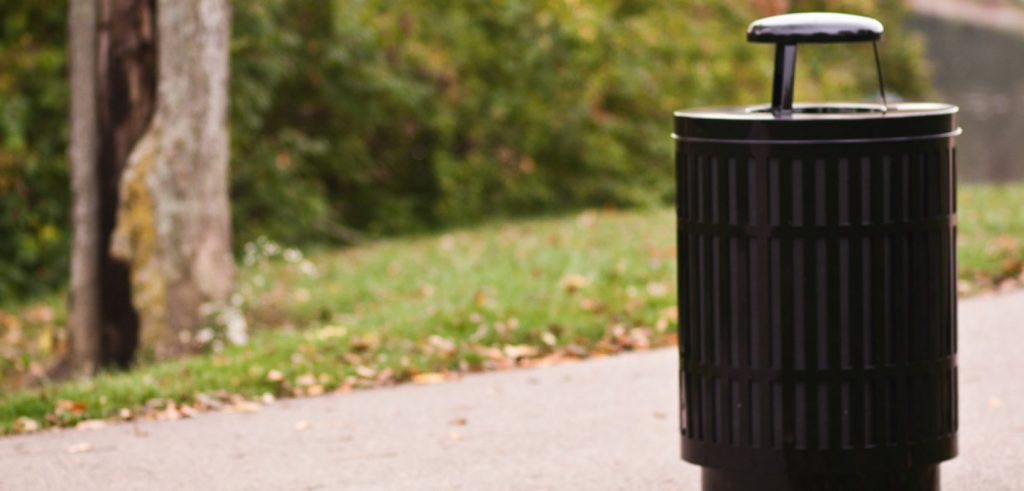Commercial Trash Cans into Urban Planning – Enhancing City Cleanliness
In urban planning, the integration of commercial trash cans plays a pivotal role in enhancing city cleanliness and overall aesthetic appeal. These strategically placed receptacles not only serve as convenient disposal points but also contribute significantly to waste management systems, ensuring that urban areas remain clean and sanitary. By strategically placing commercial trash cans in high-traffic areas such as parks, sidewalks, and shopping districts, city planners can effectively reduce littering and promote responsible waste disposal habits among residents and visitors alike. The placement of these trash cans is crucial in targeting areas where littering is most prevalent. Parks and recreational areas, for instance, benefit greatly from the presence of multiple trash cans strategically positioned along pathways and near gathering spots. This proactive approach not only discourages littering but also encourages park-goers to dispose of their waste responsibly, thus preserving the natural beauty of these public spaces.

Similarly, in bustling shopping districts and pedestrian zones, strategically placed trash cans help maintain cleanliness and order by providing a convenient and visible solution for disposing of packaging materials, food wrappers, and other waste generated by shoppers and visitors. Moreover, the design and functionality of commercial trash cans can further enhance their effectiveness in urban settings. Modern trash cans are often equipped with features such as large capacities, secure lids to prevent overflow and odors, and even sensors for optimizing waste collection schedules. These advancements not only streamline waste management processes but also contribute to a cleaner and more hygienic urban environment. Additionally, incorporating recycling bins alongside trash cans promotes sustainable practices by encouraging separation of recyclable materials from general waste, aligning with broader environmental goals of reducing landfill waste and promoting recycling initiatives. Beyond their functional benefits, the aesthetic impact of well-designed commercial trash cans cannot be overlooked in urban planning.
Sleek, modern designs complement urban architecture and street furniture, blending seamlessly into the urban landscape without detracting from the overall aesthetic appeal of public spaces. This integration of form and function underscores a commitment to both practical waste management solutions and the visual cohesion of cityscapes, enhancing the quality of life for residents and fostering a positive impression among visitors. In conclusion, the integration of commercial trash cans into urban planning represents a multifaceted approach to enhancing city cleanliness. From reducing litter and promoting responsible waste disposal behaviors to supporting efficient waste management systems and enhancing urban aesthetics, these strategically placed receptacles play a crucial role in maintaining the cleanliness and orderliness of urban environments. By leveraging innovative designs and strategic placement strategies, city planners can effectively address the challenges of urban waste management while creating vibrant, welcoming spaces that residents and visitors can enjoy.
